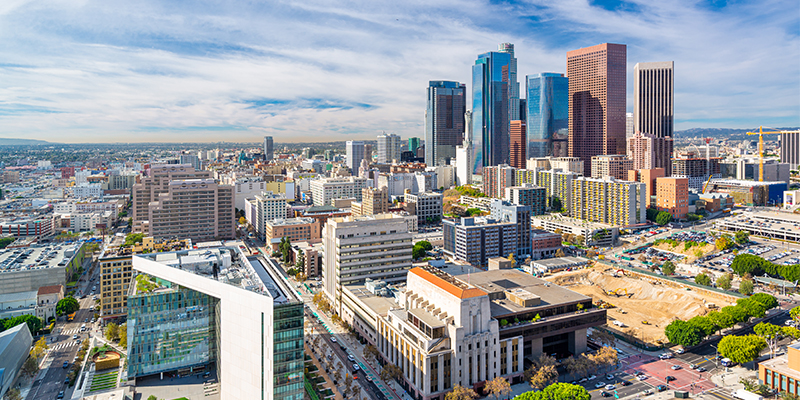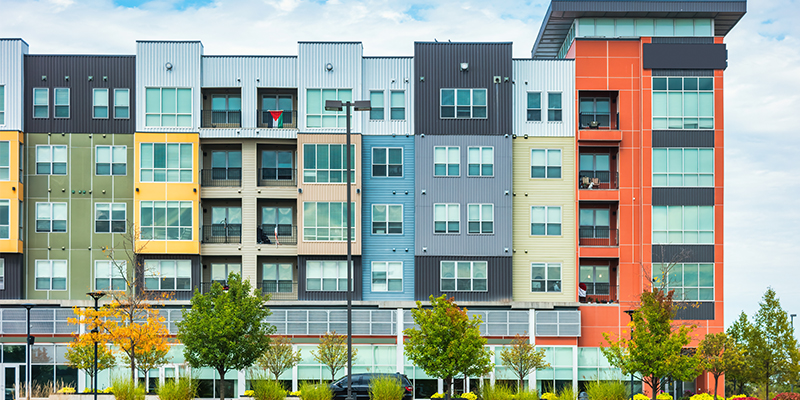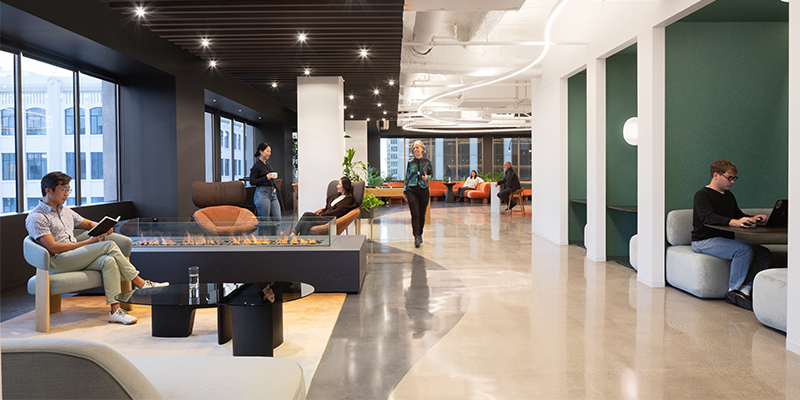Low industrial vacancy rates and high rents, combined with a limited supply of undeveloped land in the Southern California market, are leading more developers to turn to conversion and redevelopment to meet record demand for industrial space. Zac Sakowski, senior managing director at JLL, and Jake Smith, vice president of leasing and development at Duke Realty, discussed the trends shaping industrial redevelopment projects at NAIOP’s I.CON West: The Industrial Conference this week in Long Beach, California.
Smith described how Duke has turned to redeveloping a growing variety of properties to supply the industrial market. Strong market fundamentals for industrial space can support a range of redevelopment projects: “We’ve been very fortunate with where the market has been” with increasing rents and land values and low vacancy rates, he said. The market for industrial space is now strong enough that it makes sense to redevelop properties they wouldn’t have considered several years ago. For example, Duke acquired a two-story office building in October 2021 for redevelopment into a 120,000-square-foot industrial building, something that wouldn’t have qualified as the highest best use in previous years. Market fundamentals don’t necessarily support redevelopment in every market. Duke has focused largely on jurisdictions near the ports of Los Angeles and Long Beach, where the demand and supply imbalance is greatest.
Although market fundamentals may support redeveloping an increasing number of properties, that doesn’t make the projects easy. According to Smith, “developing in California is incredibly difficult.” Local jurisdictions may be opposed to new industrial development and obtaining entitlements can be lengthy and onerous even when they aren’t. Duke mitigates many of the risks associated with rezoning a property by looking for properties that are already zoned for industrial use. Recent examples include older metal industrial buildings and an old steel plant. In the case of the office building they recently acquired, it was situated on an area that had originally been zoned for industrial use per the jurisdiction’s general plan and so obtaining entitlements for an industrial use was relatively easy.
Environmental concerns present another challenge for redevelopment projects in Southern California. Many existing sites – especially those already zoned for industrial use – are contaminated and require some degree of environmental remediation. However, industrial redevelopment projects have the advantage of facing less stringent standards for contamination than residential or office uses. In many cases, they can focus on addressing soil contamination at the site without having to completely remediate the entire property. While any redevelopment project in Southern California can be challenging, so long as the current shortage of industrial space near the area’s ports persists, more developers will likely turn to redevelopment as a viable strategy to meet demand.
This post is brought to you by JLL, the social media and conference blog sponsor of NAIOP’s I.CON West 2022. Learn more about JLL at www.us.jll.com or www.jll.ca.









